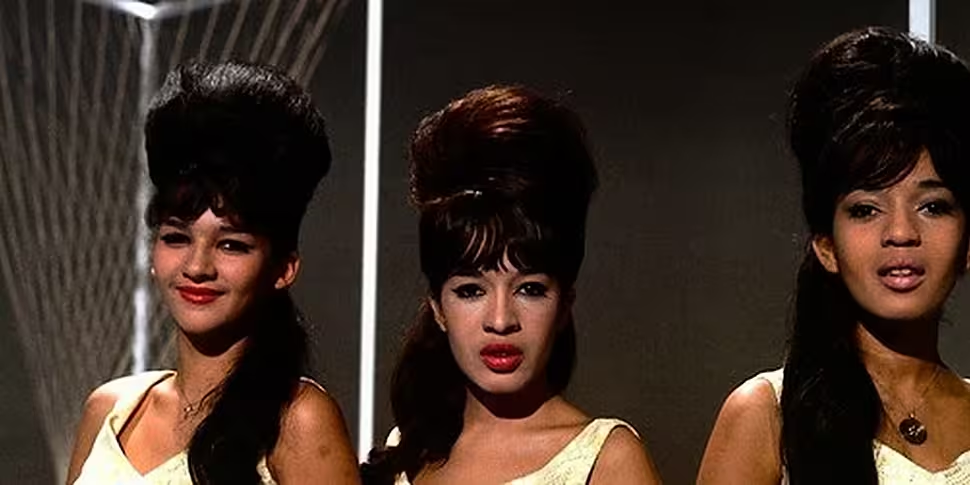When it comes to the opening drum line of any song in the history of music, perhaps nothing is more recognisable as the the dum-da-dum dum introduction to The Ronettes’ debut single Be my Baby. While the song only reached the number two spot in the Billboard charts. That tune, a staple of Phil Spector’s ‘Wall of Sound’ movement in pop music, is today’s essential song of the 20th century on today’s The Right Hook – tune in live at 6.30pm: http://www.newstalk.com/player/
The dum-da-dum dum, three beats of the bass drum followed immediately by another from the snare and tambourine, has become one of the most versatile beats in music. Played by drummer Hal Blaine, the four thumps preceding the echoing haze of the 60s ‘Wall of Sound’ melody have been used time and again in homage to Be my Baby. Imitated, duplicated and changed ever so slightly, it’s been used by everyone from Joey Ramone to Billy Joel and Bat for Lashes.
Today the intro stands as an indelible tribute to the genius of Phil Spector, a testament to his influence on the pop music scene in the 1960s, before his years as a recluse and his prison sentence for murdering the actress Lana Clarkson in 2003. In 2004, while in prison, he answered a request from the music writer Gavin Edwards, and helped to outline the six-month long process of recording Be my Baby. In this extract from Edwards’ book Is Tiny Dancer Really Elton’s Little John?: Music’s Most Enduring Mysteries, Myths, and Rumors Revealed, Spector reveals how the four drum beats that would echo through history of music came to be:
“I always had ideas for the drum sounds that were different each time. There were times when Hal Blaine would sit for hours, and never play a lick, and/or wait outside the studio while I would get everyone else sounding the way I wanted; I would build instruments by instruments, adding them slowly, on top of each other, with the drums being last.And many times, if I couldn’t get the right drum sound, at the end of the session, after hours and hours of work, I would cancel the session, even though we had worked four or five or more hours.
“The drum sound I had in mind came about fairly quickly this time, albeit many hours after getting a ‘sound’ on all the other musicians. I had the echo in place on everything else, and Gold Star’s echo was a nightmare to handle, as it changed from minute to minute. If someone moved, the echo would change, like the wind. So everyone had to remain as stationary as possible (much to their dismay), or the echo would change the sound I was trying to get. So when Hal Blaine would walk back into the room (because he wouldn’t be sitting there the entire four hours), nobody could move a microphone, and he couldn’t brush up against anyone, or anyone’s microphone. Unlike Motown’s studio echo, which was consistent, Gold Star’s was not.
“But on the day of ‘Be My Baby,’ the echo sounded real good, and more importantly, consistent. You can hear how consistent it is, on the ending of the recording, when I told Hal to solo on all the breaks and fills, which I thought would be very sexual to add to the sound of the recording. The echo was excellent that day: in particular, the echo from the overhead mike, which picked up the bass drum beautifully and filled the room up, which is why I decided to use it (the bass drum) as the intro. Normally, the bass drum beginning the recording would not have been loud enough, or big enough, and I worried if it would be loud enough to sustain the band coming in after it until the day the record was released.”
[H/T: Gavin Edwards/RuleFortyTwo]









